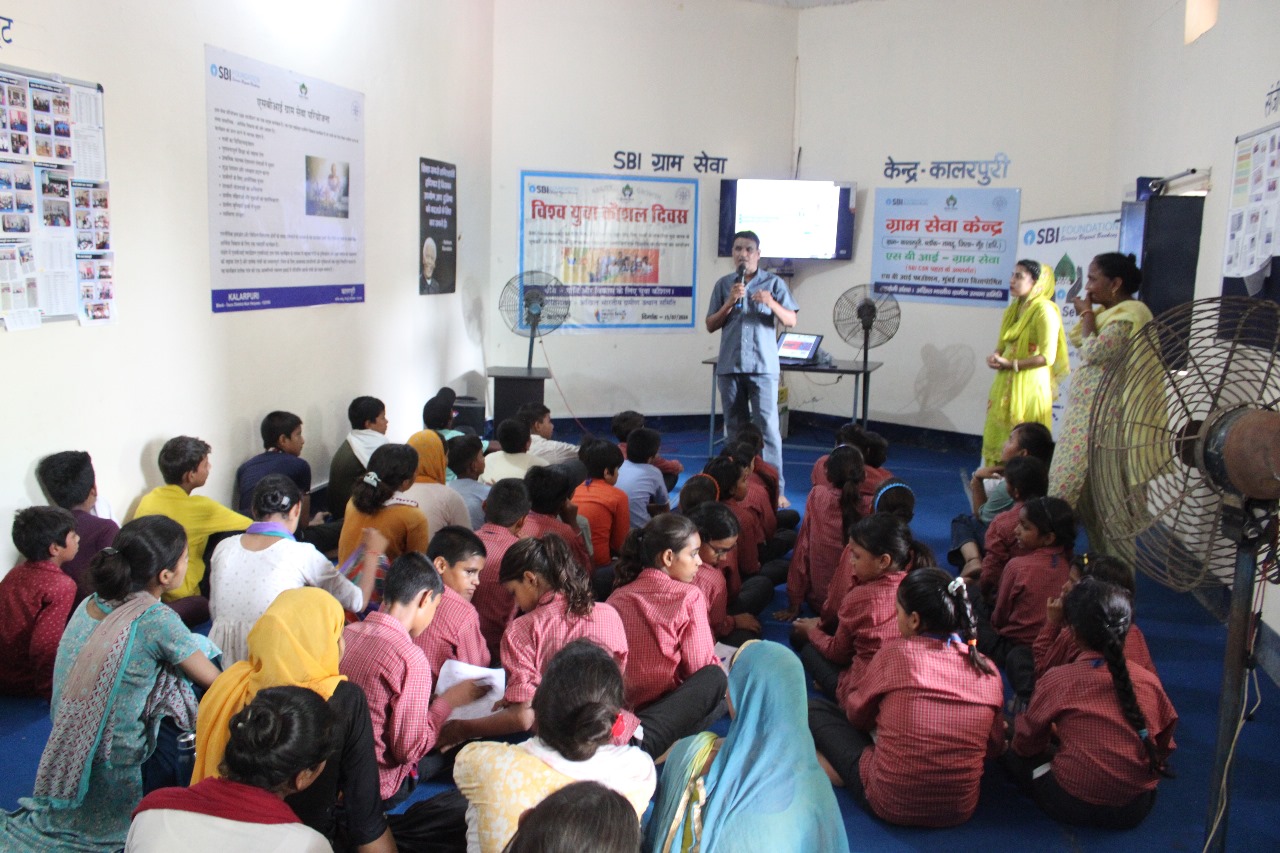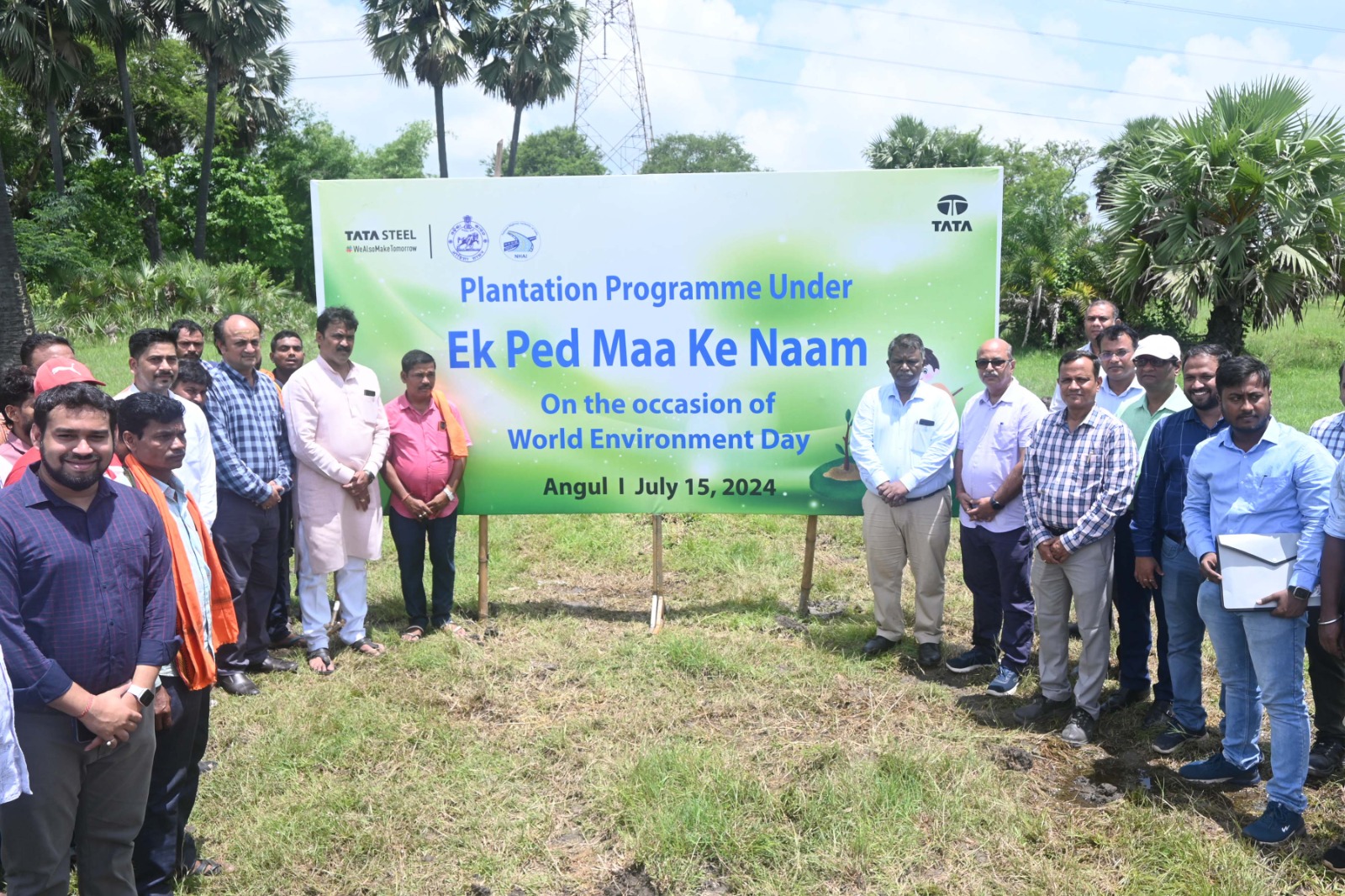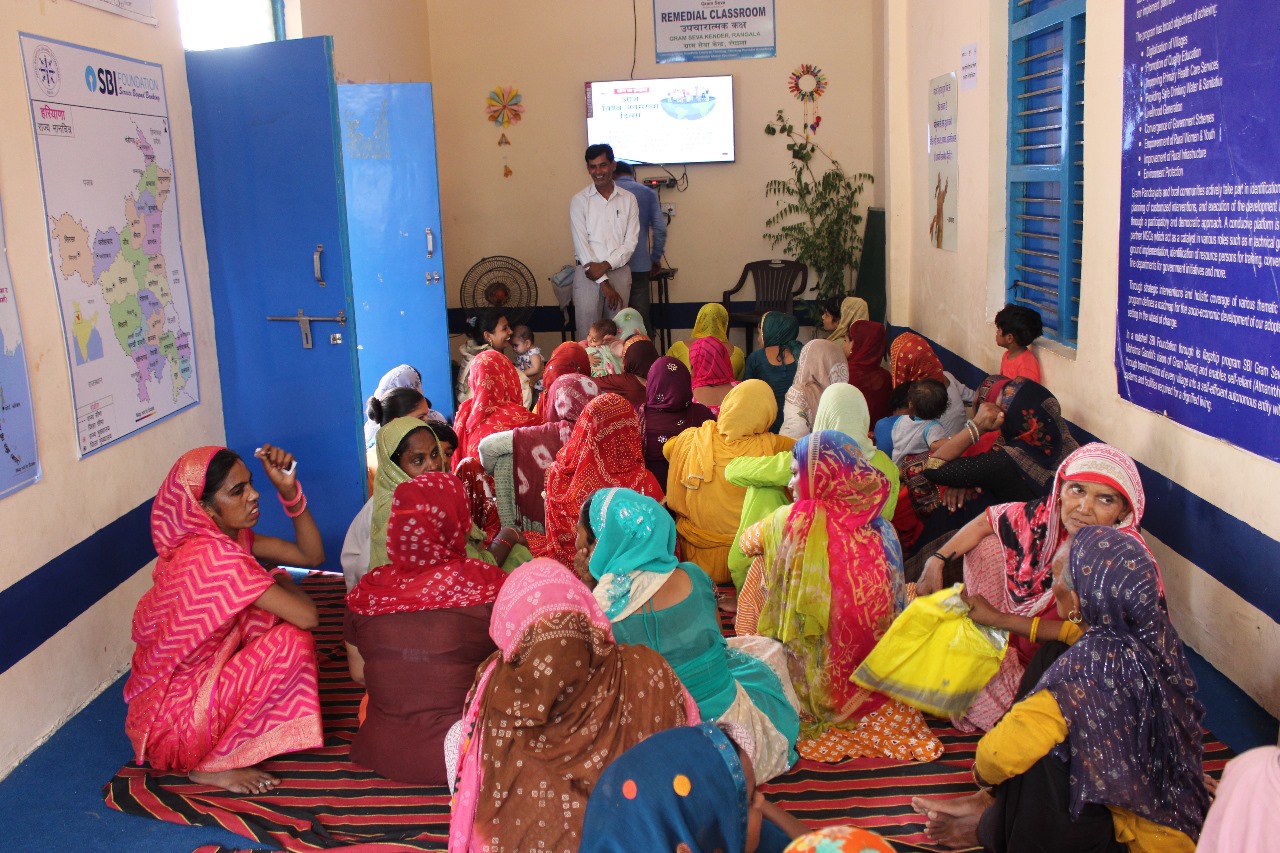Subscribe our Weekly Newsletter
Applications Invited for Case Studies for Successful Watershed and Sewershed Monitoring and Decision Making

Organization: The Water Research Foundation (WRF)
Apply By: 29 Aug 2024
Grant Amount: 150000 USD
About the Organization
The Water Research Foundation (WRF) is the leading research organization advancing the science of all water to meet the evolving needs of its subscribers and the water sector. WRF is a 501(c)(3) nonprofit, educational organization that funds, manages, and publishes research on the technology, operation, and management of drinking water, wastewater, reuse, and stormwater systems—all in pursuit of ensuring water quality and improving water services to the public.
WRF was formed in 2018 through the integration of three highly respected research collaboratives: WateReuse Research Foundation, Water Environment Research Foundation, and Water Research Foundation. Separately, these organizations focused on research to support varied segments of the water sector—water reuse, wastewater and stormwater, and drinking water, respectively. Now a One Water organization, WRF delivers the research programming the sector needs to address the most pressing water issues holistically.
Our Purpose: To advance the science of water to improve the quality of life for all communities.
Our Vision: The science and knowledge we generate allow the water sector to provide high-quality, safe, accessible, and affordable water services that contribute to healthy, resilient communities and a sustainable global environment.
About the Grant
Project Objectives:
Provide a comprehensive/robust compendium of case studies on management, economic, policy, and regulatory approaches showcasing an understanding of methods (including artificial intelligence [AI]), parameters, and drivers that impact ecosystem health at the watershed and sewershed scale.
Budget:
Applicants may request up to $150,000 in WRF funds for this project.
Background and Project Rationale:
Traditionally, sewershed and watershed management have been siloed with different monitoring emphasis, analysis and modeling approaches, and management objectives. Sewershed management has focused on challenging issues relative to National Pollutant Discharge Elimination System (NPDES) permitted sources such as municipal wastewater, combined sewer overflows (CSO), and stormwater under the Municipal Separate Storm Sewer System (MS4) permits, as well as associated conveyance problems of odor generation potential, infiltration and inflow (I/I), and leak mitigation.
In 2019, the Water Infrastructure and Improvement Act (WIIA) added a new Section 402(s) to the Clean Water Act (CWA) to include the 2012 Integrated Municipal Stormwater and Wastewater Planning Approach Framework. While this level of Integrated Planning (IP) provides a more efficient and cost-effective process for municipalities to prioritize capital investments and achieve water quality management objectives within the NPDES program, more inclusive Integrated Watershed Resource Management (IWRM) frameworks (Cesanek and Wordlaw 2015; Global Water Partnership 2007) extend management to the entire watershed. This is necessary to meet CWA Section 303(d) Water-Quality Based (WQB) targets consistent with Water Quality Standards (WQS) and implement Total Maximum Daily Load (TMDL) analyses, particularly the Load Allocation (LA), which complements the Wasteload Allocation (WLA) “point” sources that the sewershed defines under the NPDES program.
The LA comprises diffuse natural, nonpoint, and surface runoff and groundwater loads throughout the watershed not captured in the WLA, often creating an inconsistency and management gap that IWRM—including One Water conceptual models developed by The Water Research Foundation (Paulson, Broley and Stephens 2017)—strive to fill. According to the U.S. Government Accountability Office (USGAO), although tens of thousands of TMDLs have been completed, and “…pollutants had been reduced in many waters, few impaired water bodies have fully attained water quality standards” (USGAO 2013). They attributed this to the difficulty of managing and integrating diffuse nonpoint and stormwater sources (although now regulated as a point source) into holistic IWRM frameworks that meet CWA and state water quality management objectives. USGAO recommended changes in the CWA that parallel IWRM and One Water frameworks to integrate and strengthen regulatory authorities that would allow this to happen.
IWRM and One Water concepts focus on water supply and allocation, source water protection including identification and management of point and non-point sources of pollution from nutrients, microbial contamination, and more. The context of the prevailing social-ecological system (SES) should not be neglected, nor should the balance of human stressors and natural ecosystem service benefits, as keys to One Water outcomes. Multiple feedbacks are ignored or poorly considered that can lead to sub-optimal solutions even if permit limits are met. For examples, it is important to understand how the landscape development and disturbance driver contributes to watershed health and how healthier landscapes help mitigate impacts of development and climate change on water quality and environmental and human health/wellbeing. How does hydrologic isolation in sewer pipes limit the filtration and biogeochemical cleansing functions the ecosystem could provide? What are the long-term impacts of physical pressures and pollutant loadings on the diversity of aquatic life, including CSO effects on ecosystem services and those that microbial populations in receiving water bodies might provide?
The broader stormwater, wastewater, and water resources management community needs to be fully empowered to develop, implement, and advance real-time monitoring and surveillance tools. Physics-based and artificial intelligence/machine learning (AI/ML) modeling and optimization approaches can fuse information from these disparate monitoring infrastructures at the integrated watershed and sewershed scales for water quantity (e.g., flow) and quality that yield benefits to both ecosystem and human health. These tools should not be limited to water quality monitoring and management; they should extend to landscape analyses using today’s fine-scale resolution Geographic Information Systems (GIS) that link landscape condition to collective chemical, physical, and biological water quality pressures, which are not easily monitored beyond the sewershed but provide necessary insight into aquatic and human health outcomes. This One Water IWRM framework will help confirm linkages between receiving water quality, wastewater discharges, and other non-regulated sources. It will provide guidance on optimal management/decision making approaches that are not myopically developed from the perspective of a single pollutant or domain but effectively combine sewershed and watershed pressures, water quality consequences, and management targets and opportunities.
Despite the differences in monitoring infrastructure, locations, and testing endpoints in watershed systems and even between combined sewer systems (CSS) and separate sewer systems (SSS), this project aims to identify sensing technologies—including GIS technology as appropriate—analysis and modeling solutions/tools, and successful case studies that incorporate both watershed and sewershed systems into the One Water context for monitoring and decision making. Such “One Water” or “Three Waters” integrated water cycle management plans and strategies are undertaken in some jurisdictions as part of their strategic business planning. Case studies related to TMDL, IP, IWRM, and Watershed-Based Plans (e.g., Sec. 319 9- key element plans) that have been implemented with outcomes fully or partially achieved may be most insightful, especially if sewershed and watershed comparisons can be made; the integration of management contributions from each can be identified as meeting the combined and complementary management goals and objectives of the watershed. There are three main topics to review as part of the case studies:
- Approaches and successful case studies that have demonstrated the fusing of sensing infrastructure data and analytics with modeling approaches (including AI/ML methods) that provide the scientific basis for quantifying the feedback and impacts of wastewater discharges on watersheds and that connect the sewershed and watershed monitoring, modelling, and management into one integrated package.
- Approaches and cases where information gleaned from these analyses has been used to inform policy or long-term control planning efforts. Of special interest is the use of real-time sensing data to develop real-time decision support tools that guide utility operators and watershed managers on how best to operate their respective systems in a balanced and complementary manner to mitigate adverse impacts and meet collective and/or common water quality goals and objectives.
- Optimal allocation of resources, where integration of sewershed and watershed monitoring and management planning programs has provided evidence to develop least-communitycost solutions to pollution control challenges and outcomes. This may include informing decisions on the best and most efficient relative allocation of resources between options to mitigate sewershed contamination, discharges and overflows from sewerage systems, sewage treatment, water resources management, and water treatment with results-based accountability as measured in the field (Friedman, 2009).
Funding and capacity have been a challenge for most jurisdictions responsible for monitoring and assessment, the foundation of IWRM, and One Water planning and management. Some cities, states, and utilities have added monitoring onto water rates to address this ongoing challenge. This project may be applicable to drinking water, wastewater, and stormwater within One Water and all-sized utilities. It is also nationally and regionally relevant. Case studies offer a powerful tool for providing lessons learned to inform decision making. Web-based applications such as EPA’s Assessment, Total Maximum Daily Load (TMDL) Tracking and Implementation System (ATTAINS) for water quality impairments (USEPA 2024a); EPA’s Causal Analysis/Diagnosis Decision Information System (CADDIS) for biological impairments (USEPA 2024b); and EPA’s Recovery Potential Screening (RPS) – Comparing Watershed Condition and Restorability (USEPA 2024c) may assist in developing policies and management frameworks. One desired outcome is a deliverable that leverages and builds on the existing body of work (including roadmaps and guidance tools/resources), experiences, lessons learned, and observations to advance the technical water quality knowledge base and reduce the uncertainties around making collaborative management decisions at the integrated watershed and sewershed scale.
Eligibility
Proposals will be accepted from both U.S.-based and non-U.S.-based entities, including educational institutions, research organizations, governmental agencies, and consultants or other for-profit entities.
How to Apply
Proposals are accepted exclusively online in PDF format, and they must be fully submitted before 3:00 pm Mountain Time on Thursday, August 29, 2024. The online proposal system allows submission of your documents until the date and time stated in this RFP. To avoid the risk of the system closing before you press the submit button, do not wait until the last minute to complete your submission. Submit your proposal at https://forms.waterrf.org/cbruck/rfp-5247 .
For more information please check the Link
Stay in the loop with the newest RFPs and Grants through NGOBOX's WhatsApp Channel. Join now by clicking here!
Latest Online Store
Latest Tenders And EOIs
Latest News
© Renalysis Consultants Pvt Ltd













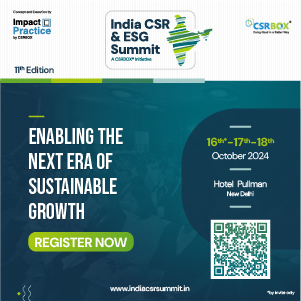
.jpeg)
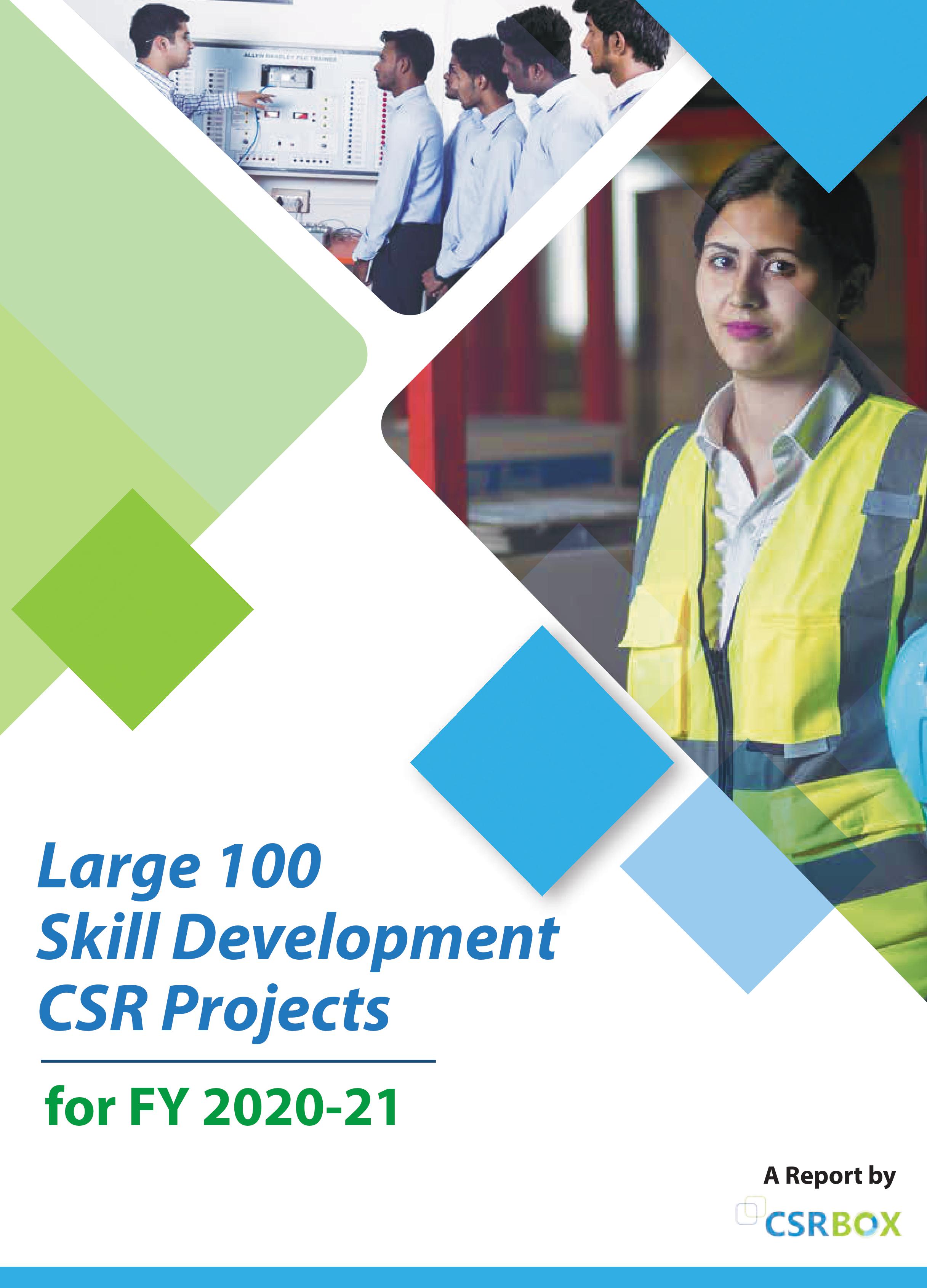
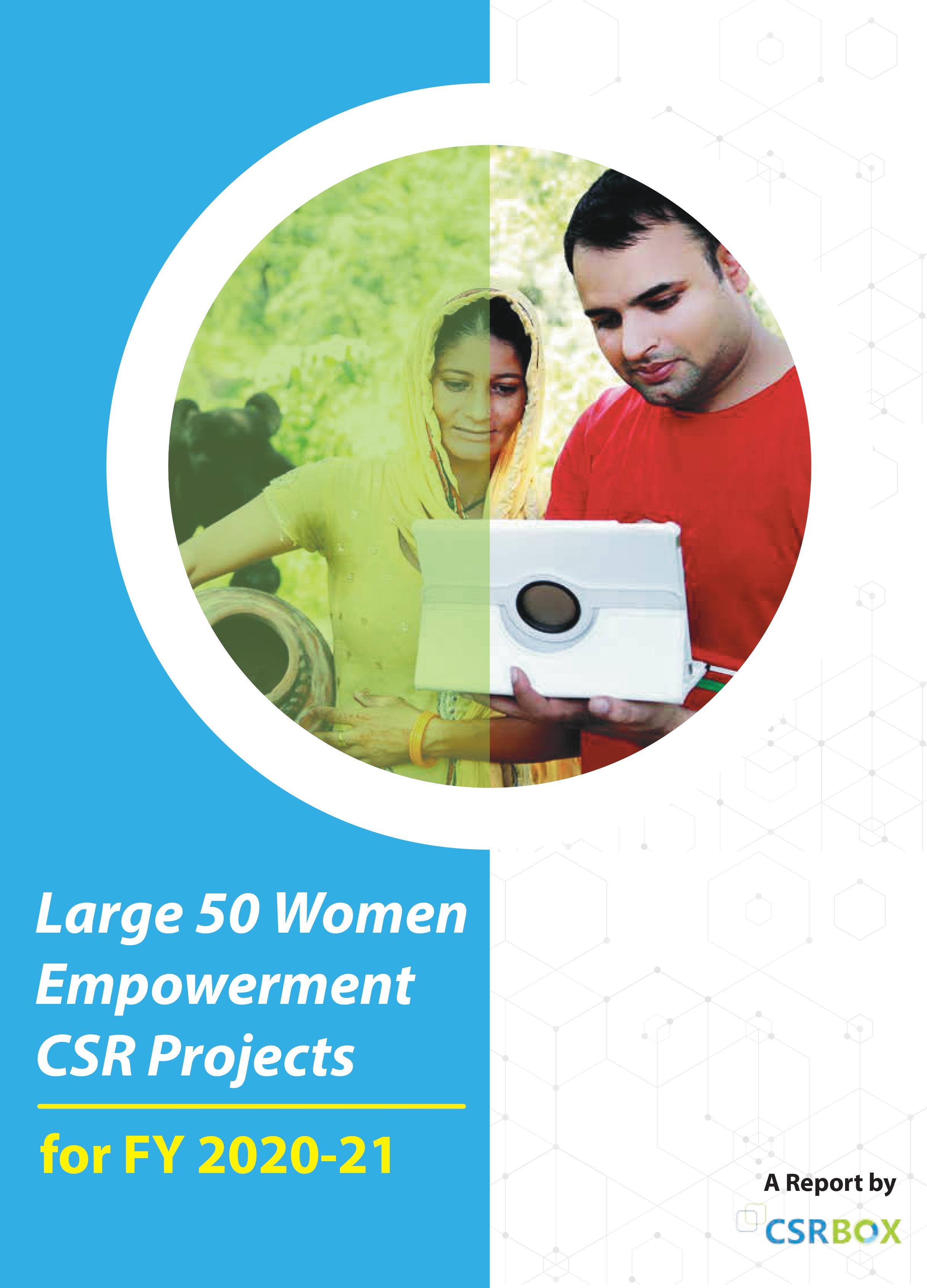
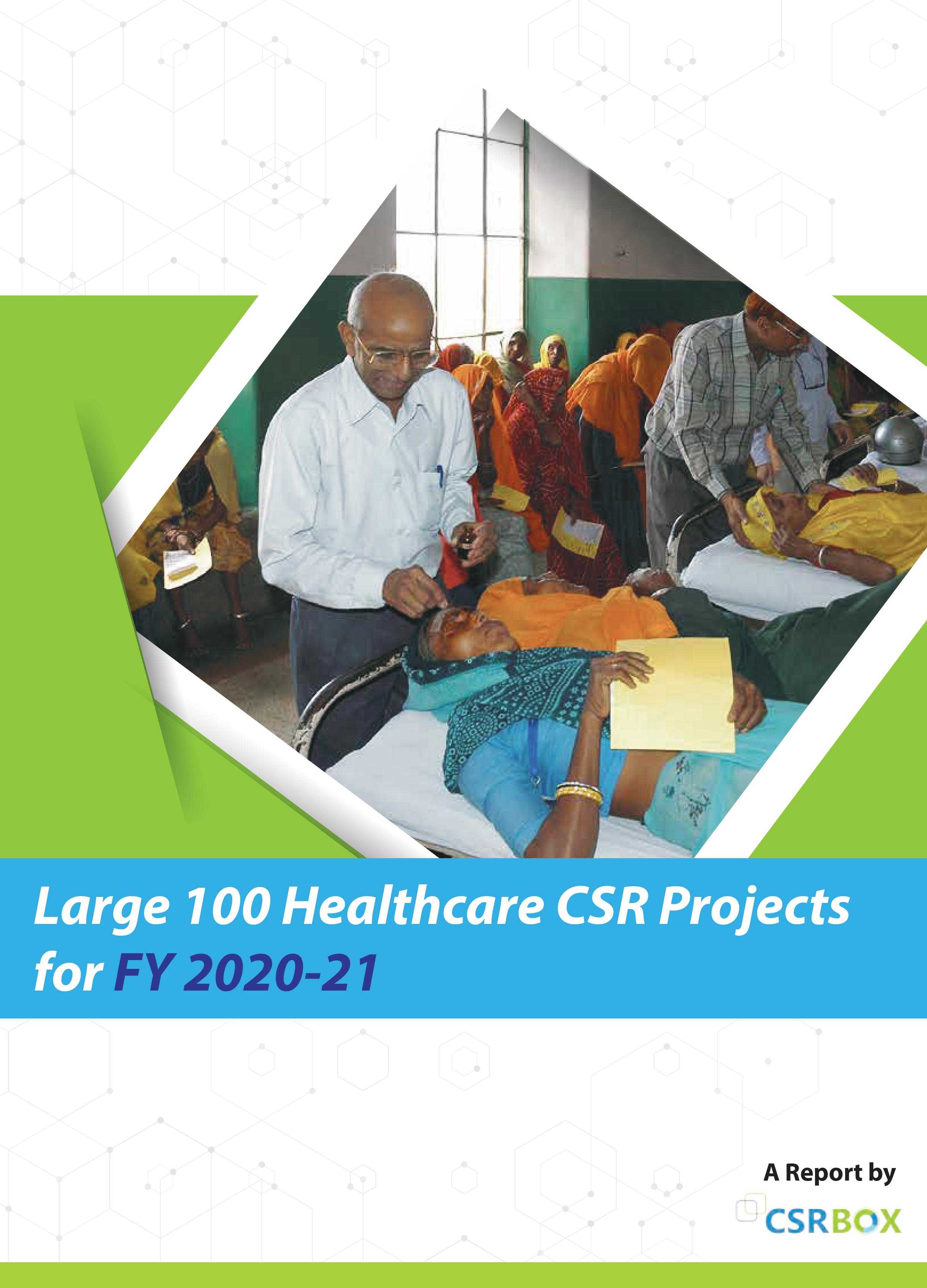
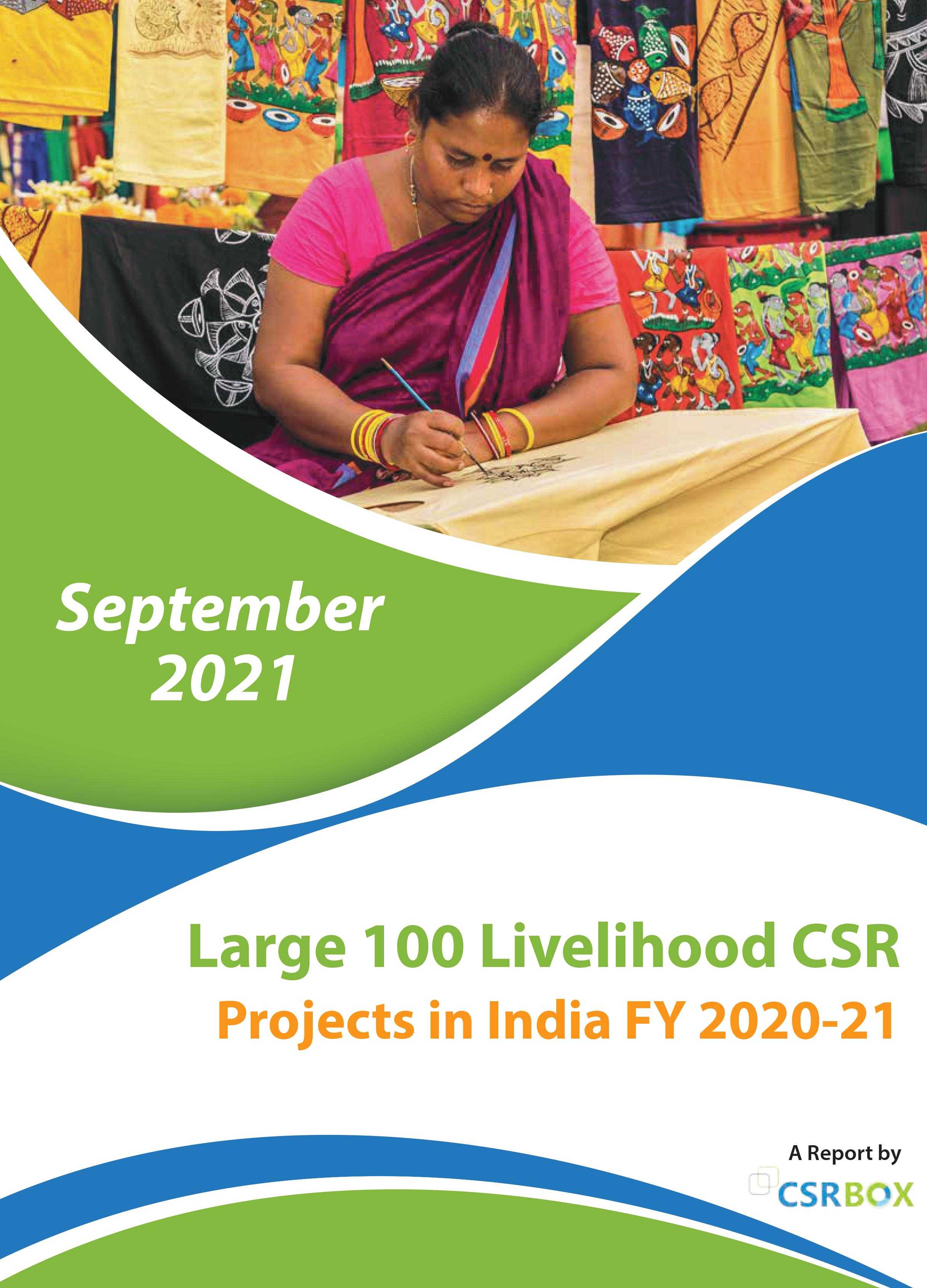
![RFP for Engaging Event Management Agency for Global Bio-India [GBI] 2024](./tender/tender_logo/6699ce3c67667.png)



